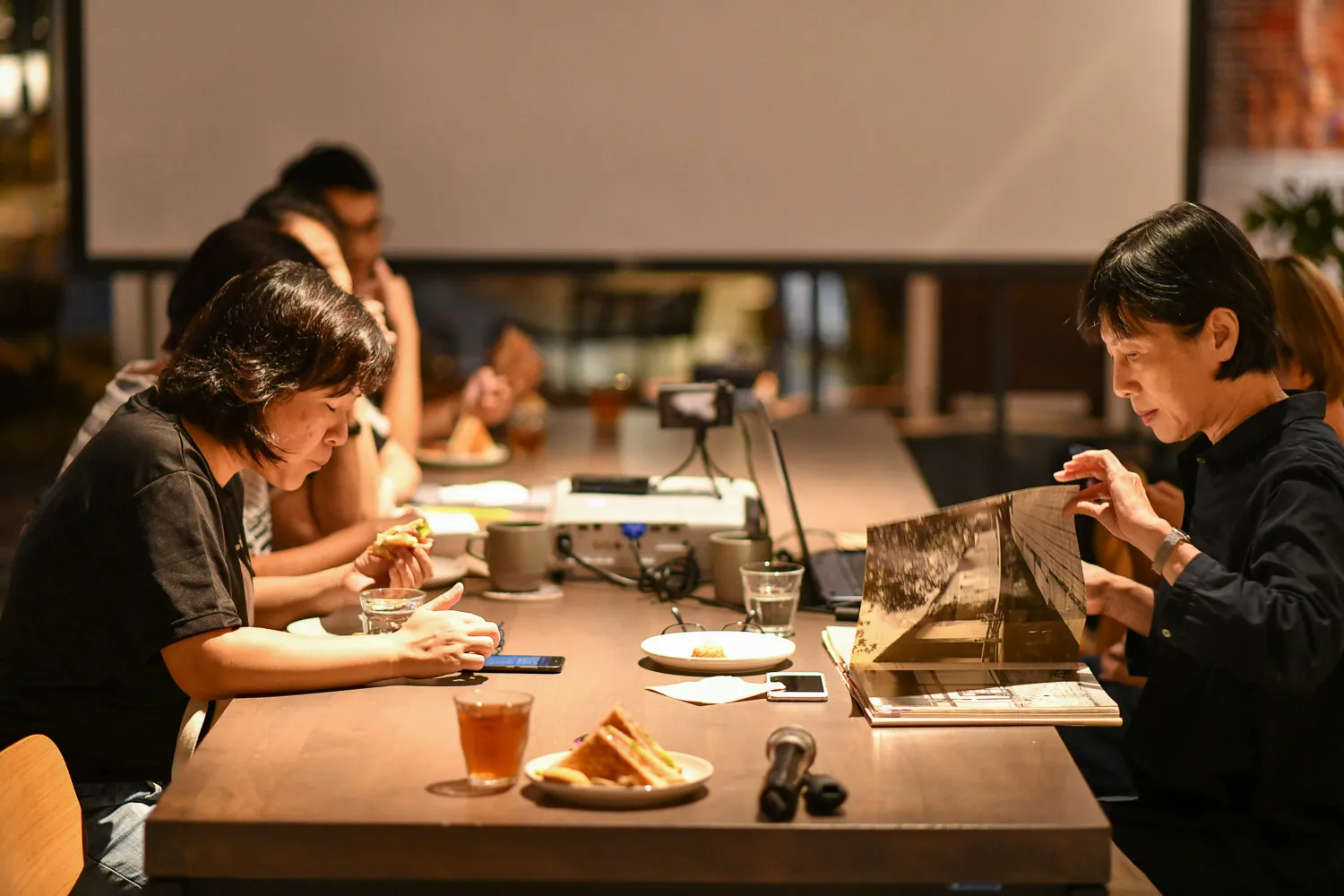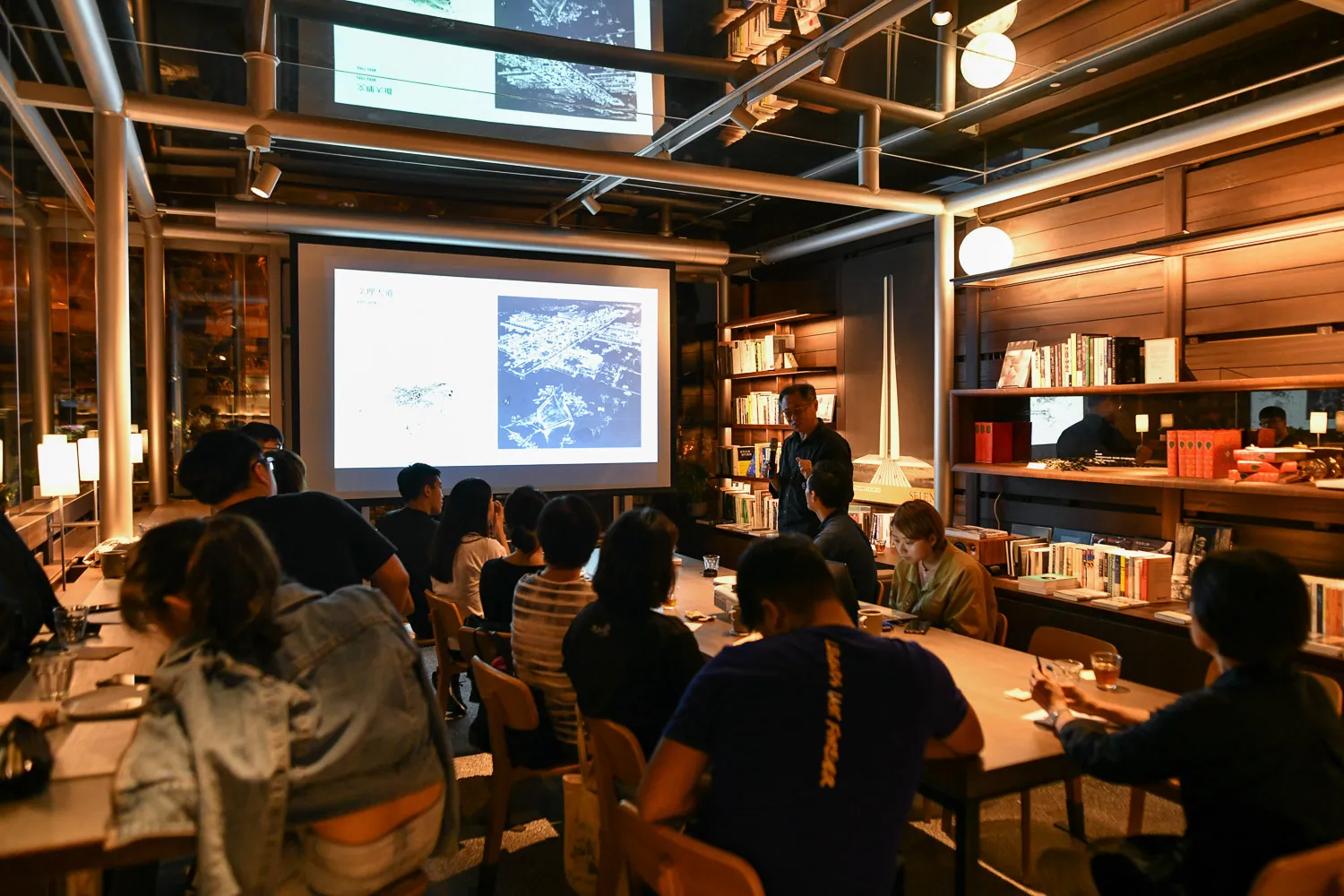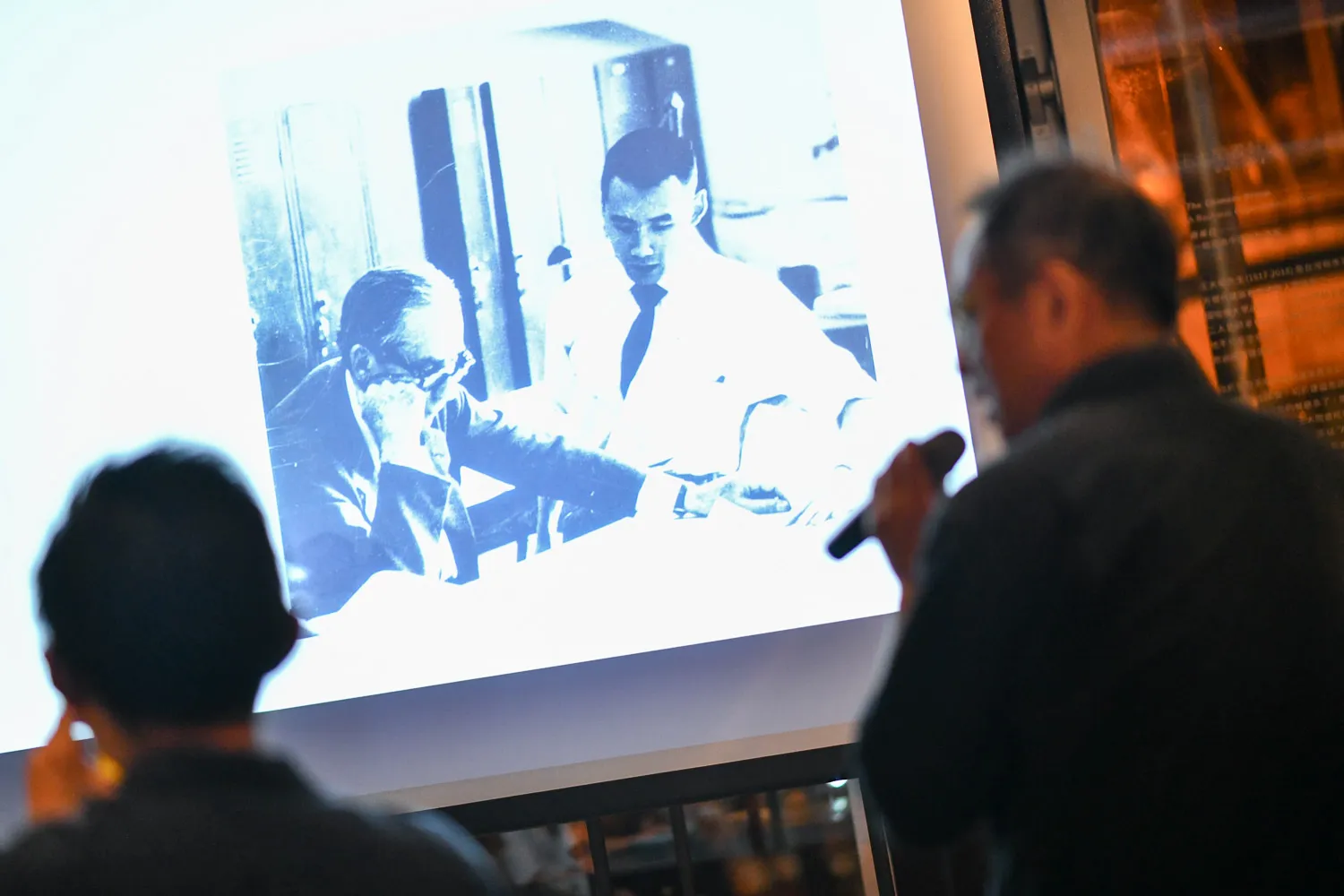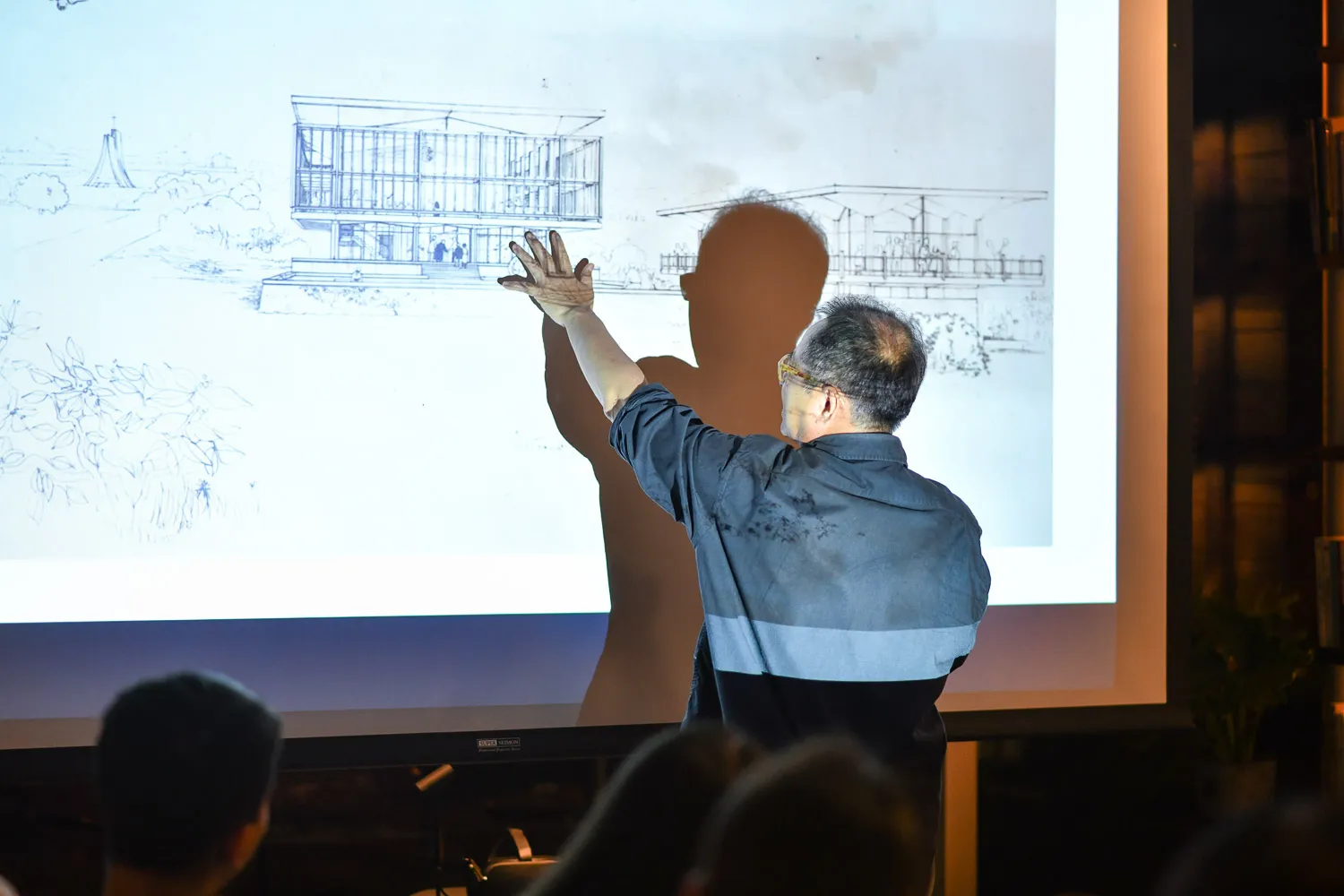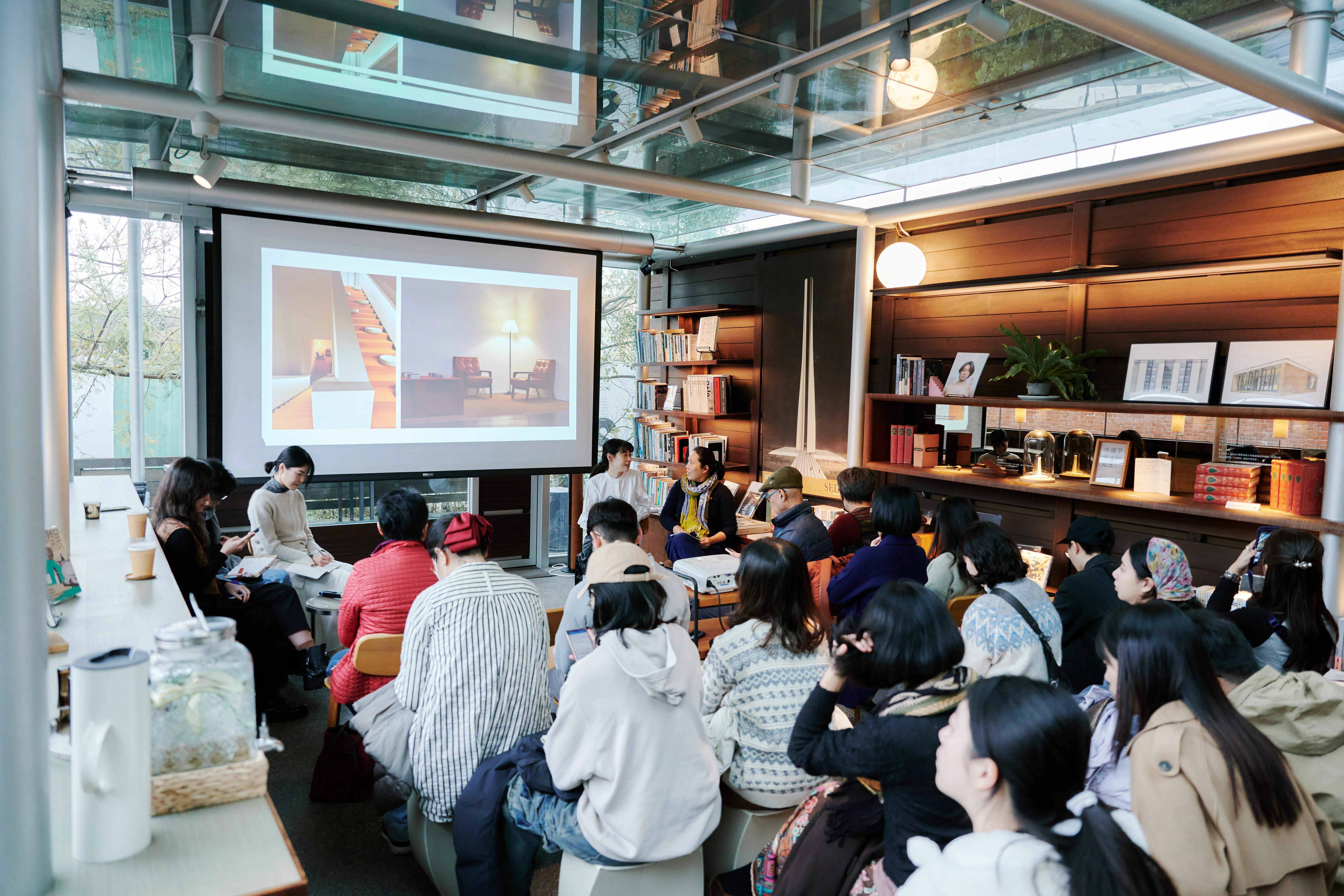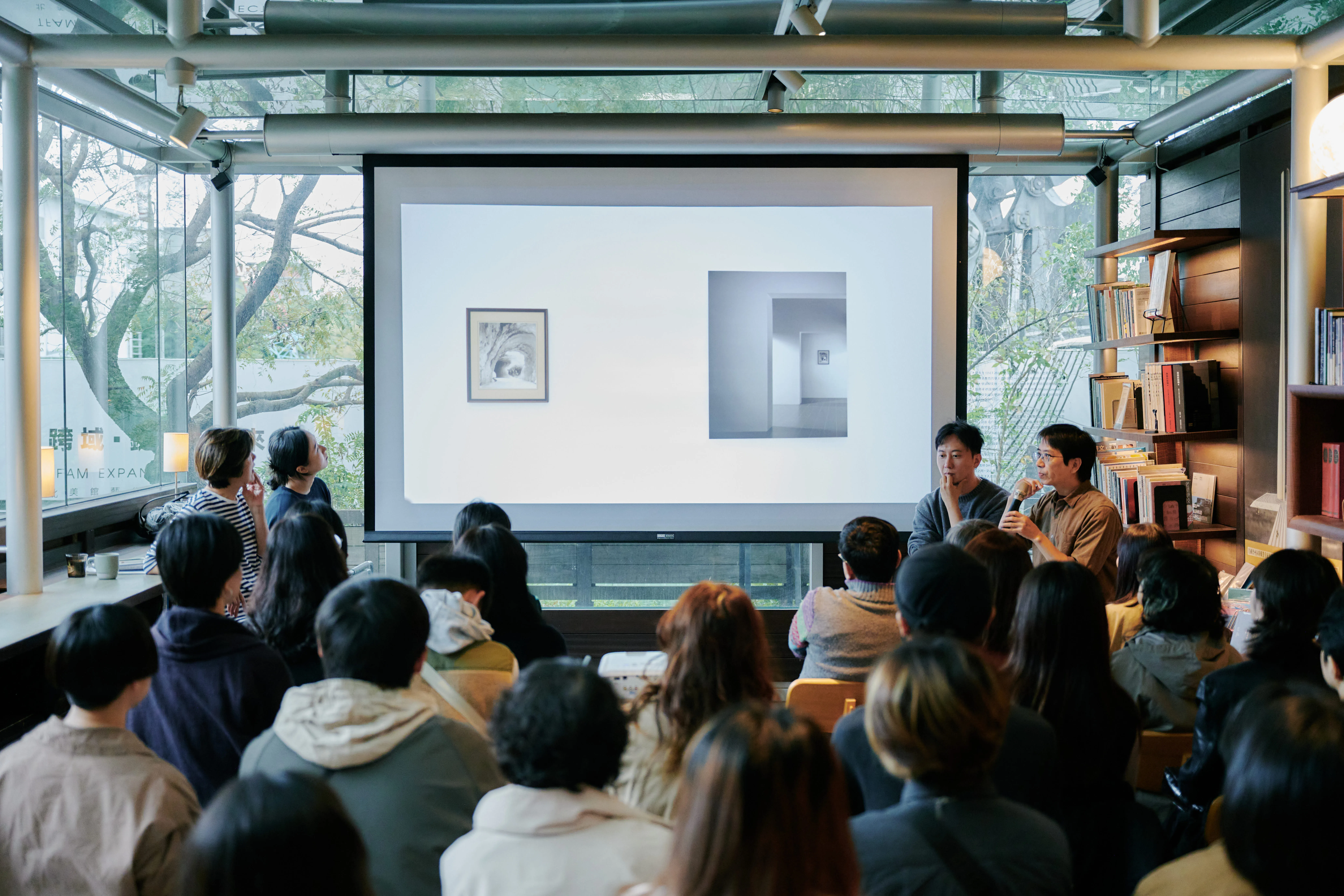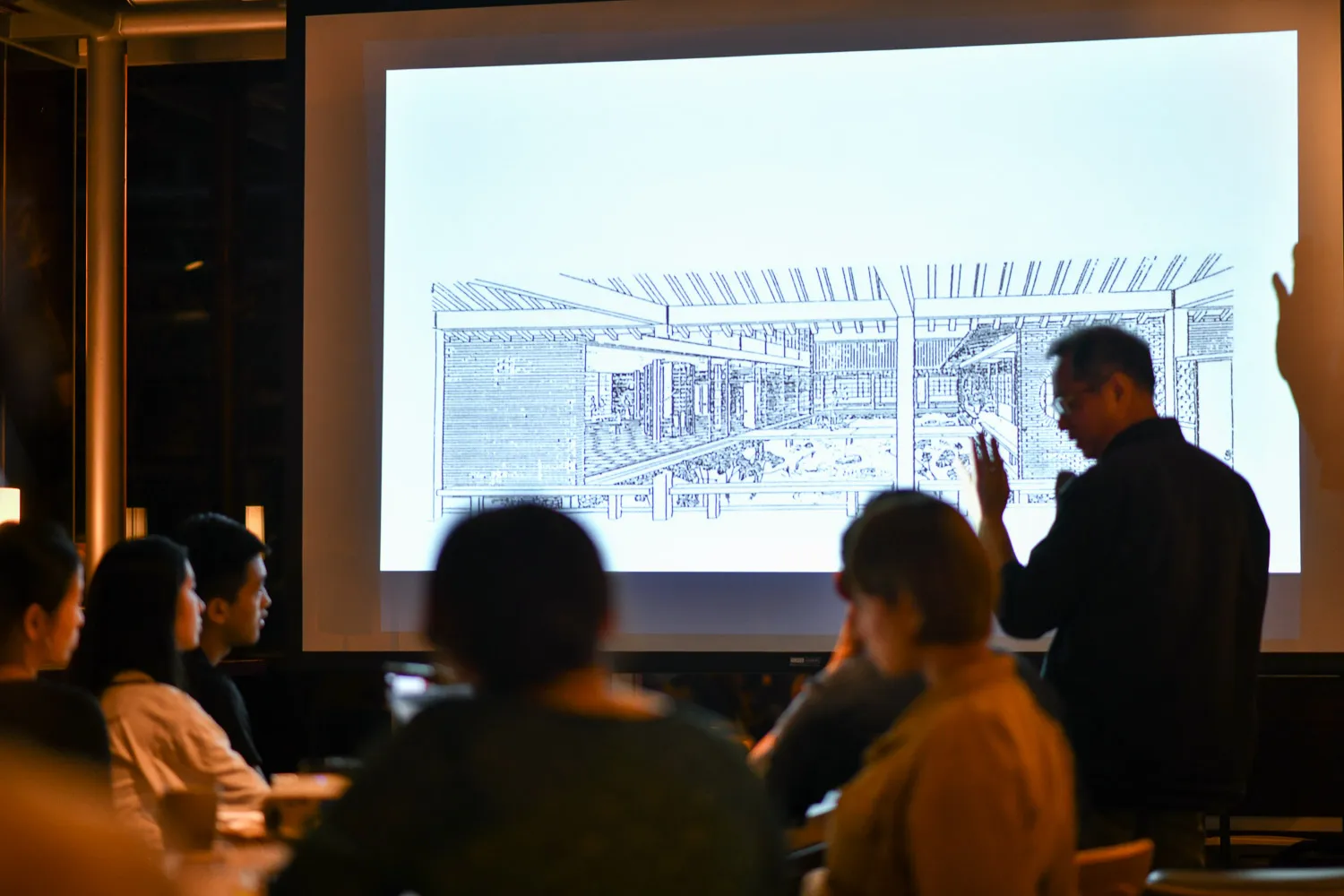
Lecture Series on Bauhaus Centenary and the 1st Memorial Anniversary of Da-Hong Wang| Chao-Kang Chang: China: Tao in Architecture and the Bauhaus
Speakers
Ming-Song Shyu, Architectural History Scholar, Assistant Professor, Department of Architecture, Ming Chuan University
Location
DH Café (No. 153, Section 3, Zhongshan North Road, Zhongshan District, Taipei City)
Fee
One lecture for $500, including special snacks (sandwiches, desserts, drinks), and 10% discount on event book purchases.
Event Content
This year marks the 100th anniversary of the Bauhaus (1919-2019) and also marks the first anniversary of the death of Mr. Wang Dai. Three architects influenced by the Bao Haus in Taiwan, Wang Daei, Chen Chiquan and Zhang Zhaokang, each contributed in different ways to the development of modern architecture in Taiwan after the war. Even though time has passed, the ancients return today to take a closer look at the works they left behind, and the cultural depth of their work still amazes us. For this centenary, it is necessary to reflect on what cultural assets the ancients have left us behind. This series of four lectures is the beginning of what we intend to reflect deeply on. The topic of the lecture is “Theme 2: Taiwan Architecture and Baohouses - Zhang Zhaokang's “The Way of Chinese Architecture” and Baohouses”.
Event Review
Zhang Zhaokang graduated from Harvard University's Institute of Architecture, along with Wang Daishan and Beiyu Ming, and began planning Donghai University with Bei Yu-ming and Chen Chi-Kwan in 1954. In 1956, Zhang, who excelled in detailed design, was first sent to Tai to supervise projects such as the old library, the faculty of science, the gymnasium, some male and female dormitories, etc. Although he did not stay in Donghai, he was invited to collaborate by several architects, completing works such as the Taiwan Agricultural Showroom (1963, with Nest Architects), Shilin Mui Ai Tong (1967, with Shen Zhuhai Architects), Jiaxin Cement Building (1968, with Shen Zhuhai Architects' Office+Guang). After leaving Taiwan, Zhang joined the Hong Kong firm of Ganyu Architects and experimented with the design of high-rise buildings. Later in the year, he led students of the University of Hong Kong on a journey to the north of Daeang, China, photographing and sketching traditional dwellings throughout China, eventually co-publishing with Werner Blaser in 1987.China: Tao in architectureA book that revisits traditional dwellings from the perspective of modern architecture, dissecting the philosophical nature and changes of traditional Chinese architecture.

